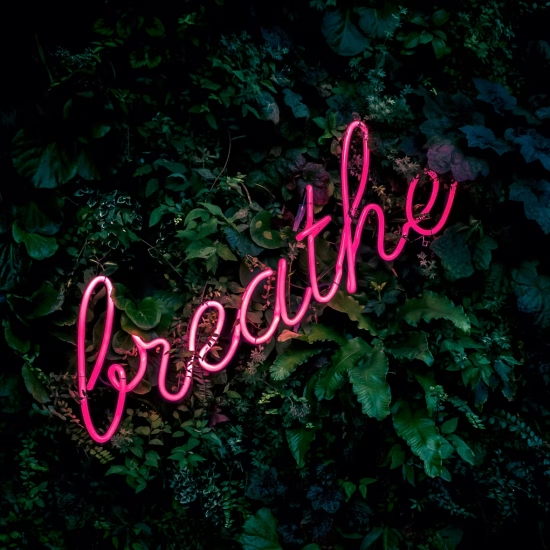
Part 1 of a 3 part blog posts series on overcoming teacher burnout.
Part 1: See the Impact
Burned out and bummed out? It’s okay, even the most passionate and motivated educators can fall victim to burnout. We’ve all experienced the exhausting feeling of the “daily grind,” “keeping your head down,” or the never ending “spinning our wheels.” Teaching can feel more about being a good cog than acting on your passion of making a difference in the lives of students. How do we get back to making a difference? Well, actually, you still are, you just need to hear it, see it, and feel it.
Tangibly seeing the impact you’re making can be the difference between feeling like you’re wasting time or feeling like you’re changing the world. As educators, it’s difficult to see the long-term impacts we make on our students and their learning. We typically have students for a year at most, and therefore we don’t have the luxury of seeing the fruits of their success in college and career. Our sense of motivation and energy is increased when we are seeing immediate impacts, though.
Here are 3 C’s to help with seeing short-term impact evidence:
- Clubs: Teacher-created clubs provide a greater sense of autonomy and voice on behalf of the teacher, and provide a sense of meaning, excitement, and choice for students. For example, a robotics club would afford students more time outside of the classroom for discovery, creativity, and problem solving without the restrictions of time. Not only are higher level thinking and meaningful learning opportunities in abundance, evidence of short-term success is now available: student-created products, student success in competitions, and the outward expressions of intrinsic student motivation. Clubs can go beyond the traditional after school clubs. Another great example of this is from a remarkable principal in New York, Tony Sinanis (@tonysinanis). He created a Minecraft club for students during lunch. Students can even see evidence of the impact they are making in their school or community by participating in service-oriented clubs.
- Creations: Many creative teachers have transformed learning blocks from traditional teacher-centric teaching to the more effective project-based, student-centric instruction. We often times focus on the fun students have while engaged in projects, but forget to acknowledge how rejuvenating they are for teachers. Planning is fresh, the classroom is energetic, and the experiences are new.
- Contracts (brag contracts): A brag contract is an agreement between the teacher, parent, and the student that the student’s every awesome accolade, accomplishment, and award (in school and outside of school) be shared between the three. Social media can be a great tool to help with this, but phone calls, texts, and emails are also still efficient ways to communicate “brags.” Most importantly is that the student brags come from student, teacher, and parents and that it’s frequent, and genuine.
Our emotions guide many of our decisions in life. Burnout is more strongly tied to “how we feel” more than actual physical exhaustion. Seeing evidence of our impact (hear it, see it, feel it) strengthens our emotional tie to teaching. It also re-energizes our efforts, reminds us of why we chose this profession, and can bail us out of burnout.







koen acevedo / October 8, 2025
Impressive clarity and structure. Experience star sports 1 hindi — ball‑by‑ball action and highlights. smooth HD streams. interviews, key moments, extended highlights. commentary in select languages.
/